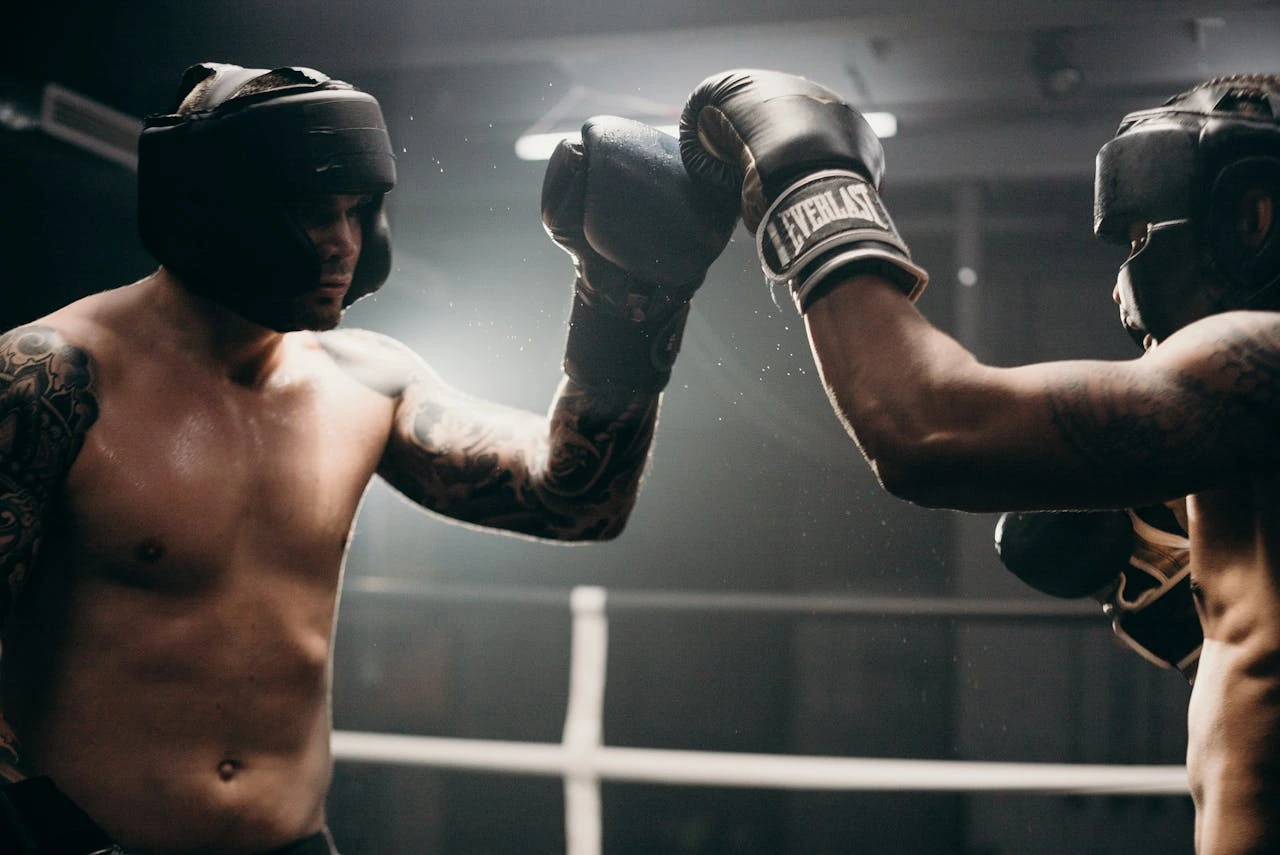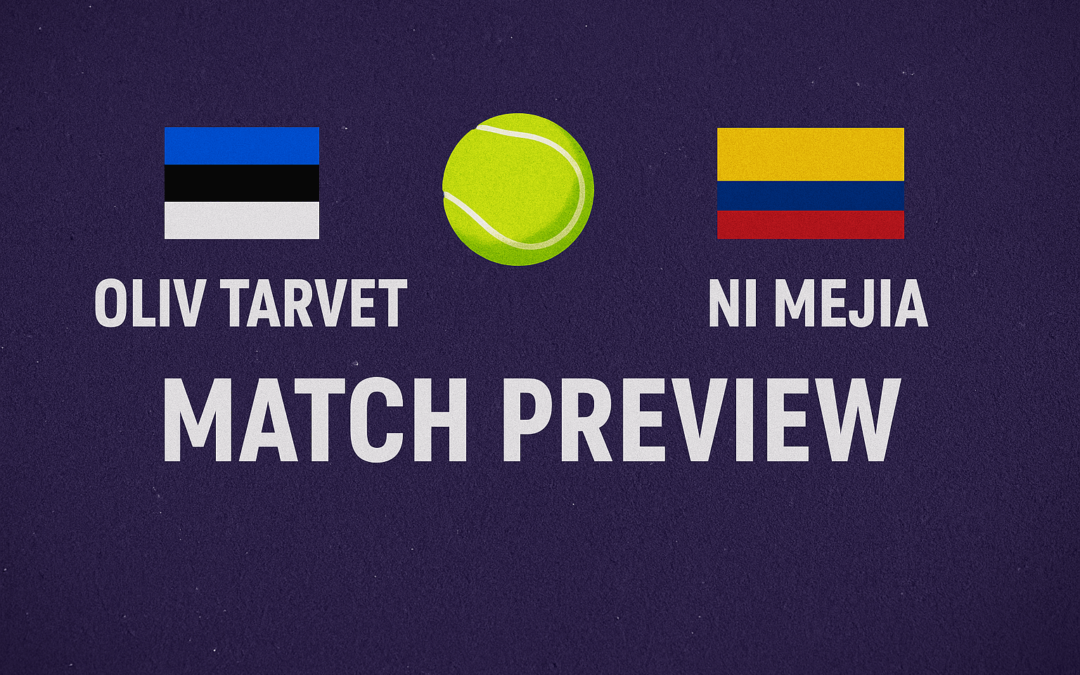A kickboxing match unfolds with precision and strategy, its structure defined by rounds, duration, and scoring criteria. We dissect the key components that make a match, elucidating the roles of judges and referees in ensuring fair and spirited competition.
Global Popularity and Influential Figures: Icons of the Ring
Kickboxing’s electrifying appeal transcends geographical boundaries, capturing the hearts of enthusiasts across the globe. We encounter iconic figures within the realm, individuals who have not only embraced the art but have become synonymous with the essence of kickboxing. These influential figures, through their skill and charisma, stand as pillars of inspiration, leaving an indelible mark on the sport and solidifying kickboxing as a pinnacle sport in the hearts of fans.
- The Dutch Dominance: Ramon Dekkers
Hailing from the Netherlands, Ramon Dekkers is revered as one of kickboxing’s all-time greats. Known for his aggressive fighting style and powerful strikes, Dekkers achieved legendary status in the lightweight divisions. His battles in Thailand against elite Muay Thai fighters showcased his versatility and fearlessness in the ring, earning him widespread admiration.
- Japanese Innovator: Masato Kobayashi
Masato Kobayashi, a Japanese kickboxer, is celebrated for his technical brilliance and strategic approach. As a K-1 World MAX Champion, Masato’s influence extends beyond his achievements in the ring. His charismatic personality and sportsmanship have contributed to kickboxing’s global recognition, particularly in Japan, where he is hailed as a national hero.
- Muay Thai Luminary: Buakaw Banchamek
Buakaw Banchamek, a Thai kickboxer with a background in Muay Thai, has become an international sensation. Renowned for his powerful kicks and formidable clinch work, Buakaw’s transition to kickboxing has garnered him numerous championships. His global fan base attests to the universal appeal of his fighting style and the artistry embedded in Muay Thai.
- Dutch Striking Sensation: Nieky Holzken
Nieky Holzken, another luminary from the Netherlands, has made a significant impact in both kickboxing and boxing. Known for his technical prowess and knockout power, Holzken’s achievements include multiple world championships. His ability to seamlessly transition between striking disciplines showcases the adaptability and skill set that define a true kickboxing icon.
- International Star: Joanna Jedrzejczyk
Joanna Jedrzejczyk, a Polish kickboxer turned mixed martial artist, has earned global recognition for her accomplishments. Before conquering the MMA world, Jedrzejczyk showcased her striking skills in kickboxing, claiming multiple championships. Her journey from kickboxing to MMA symbolizes the fluidity and interconnectedness of different combat sports.
- Thai Powerhouse: Saenchai
Saenchai, a living legend in Muay Thai, has ventured into kickboxing, captivating audiences with his unmatched skill and finesse. His ability to seamlessly blend traditional Muay Thai techniques with the dynamic nature of kickboxing has solidified his status as a global icon. Saenchai’s influence extends beyond borders, transcending cultural and linguistic barriers.
Notable Kickboxing Events: The Stage of Glory
Major kickboxing events and tournaments take center stage in our exploration. We delve into the significance of these events, unraveling their role in shaping kickboxing as a mainstream and celebrated sport.
Top-Tier Competition: Major kickboxing events, such as “Glory Collision” featuring Rico Verhoeven vs. Badr Hari, bring together elite fighters, often champions and top contenders. These matchups showcase the pinnacle of the sport, featuring athletes at the height of their skills and conditioning.
Title Contests and Prestigious Belts: Events like “ONE Championship: A New Tomorrow” often feature title contests, where fighters compete for prestigious belts. Winning a championship belt at such an event, like Giorgio Petrosyan in the ONE Featherweight Kickboxing World Grand Prix, is a career-defining achievement.
Global Fan Engagement: “K-1 World Grand Prix” draws a global fanbase, with fans from various countries tuning in. This annual event has a rich history and attracts viewers globally, creating a diverse and passionate audience.
Memorable Knockouts and Highlights: Knockouts like the famous head kick by Andy Hug in the “K-1 Grand Prix 1996” become iconic moments in kickboxing history. These spectacular moments captivate both dedicated fans and casual viewers.
Building Fighter Legacies: Fighters like Buakaw Banchamek, with multiple victories in events like “K-1 World MAX,” build lasting legacies. Their performances in major events become part of kickboxing history, earning them recognition as legends of the sport.
Media Coverage and Broadcast Deals: Events like “GLORY Kickboxing” secure broadcast deals with prominent television networks and online streaming platforms. This ensures that these events reach a wide audience, bringing kickboxing to the forefront of the sports entertainment landscape.
Fan Interaction and Experience: Major events often provide opportunities for fan interaction. For instance, “GLORY Collision 2” had fan engagement activities, meet-and-greets with fighters like Rico Verhoeven, and interactive experiences enhancing the overall fan experience.
Economic Boost: Hosting major kickboxing events, such as “Bellator Kickboxing: Budapest,” has economic implications for the host city or country. The influx of spectators contributes to tourism, hotel bookings, and local businesses.
Promotion of Grassroots Kickboxing: The attention garnered by major events like “Enfusion Live” trickles down to grassroots kickboxing. Increased interest and participation follow such events, promoting the sport at the local level.
Crossover with Other Combat Sports: Versatility Personified
Kickboxers, known for their versatility, often cross over into other combat sports, including the realm of Mixed Martial Arts (MMA). We examine these instances of crossover, exploring the transferable skills that make kickboxers formidable athletes in various arenas.
Exploring New Frontiers: Kickboxers, recognized for their striking prowess, find a natural transition into MMA, a sport that demands proficiency in both striking and grappling disciplines. Notable names like Alistair Overeem and Israel Adesanya have seamlessly adapted their kickboxing foundations to thrive in the multifaceted landscape of MMA.
Striking Dominance: One of the standout features kickboxers bring to MMA is their unparalleled striking dominance. The precision of their kicks, the artistry of their punches, and the strategic use of elbows and knees elevate their stand-up game, often making them a force to be reckoned with in the octagon.
Adapting to Grappling: While kickboxers excel in striking, the transition to MMA necessitates an adaptation to grappling and ground-based strategies. Athletes such as Stephen “Wonderboy” Thompson showcase how kickboxers can evolve their skill set to become well-rounded fighters, effectively defending against takedowns and implementing their own ground game.
Fluidity of Movement: Kickboxing’s emphasis on movement and footwork translates seamlessly into MMA. Kickboxers exhibit a fluidity of movement that allows them to navigate the octagon strategically, creating angles for striking opportunities while avoiding potential takedowns.
Strategic Fight IQ: The strategic fight IQ honed in kickboxing becomes a valuable asset in MMA. Kickboxers often showcase an understanding of distance management, timing, and fight strategy, attributes that play a crucial role in the unpredictability of mixed martial arts contests.
Global Icons: The success of kickboxers turned MMA fighters resonates globally. For instance, the journey of Dutch kickboxing legend Alistair Overeem from K-1 to the UFC exemplifies the adaptability and enduring success kickboxers can achieve on the grand stage of mixed martial arts.
Frequently Asked Questions (FAQs)
Are There Different Kickboxing Styles for Betting?
Yes, various kickboxing styles, such as Muay Thai, Karate, and Western Kickboxing, may influence betting strategies. Understanding the specific rules and characteristics of each style can be valuable for making informed bets.
How Do Odds Work in Kickboxing Betting?
Kickboxing betting odds represent the potential return on investment for a bet. Favorites have lower odds, indicating a higher likelihood of winning, while underdogs have higher odds, suggesting a lower likelihood. Understanding odds is crucial for assessing potential payouts.
What Factors Should I Consider When Betting on Kickboxing?
Factors to consider include the fighters’ styles, recent performance, historical data, and any rule variations based on the kickboxing style. Additionally, stay informed about the fighters’ physical conditions, as injuries or changes can impact match outcomes.
Can I Bet Live on Kickboxing Matches?
Yes, many platforms offer live betting options for kickboxing. Live betting allows you to place wagers as the match unfolds, responding to changing dynamics and maximizing the excitement of the betting experience.
Don’t miss the chance to be a part of kickboxing history with PIWI247 – where the passion for pinnacle sports meets the thrill of online sports betting.
Kyle Daly
Is a 35-year-old sportswriter who enjoys walking, jogging, and other physical sports. He started in different blogging platforms and is now a guest blogger for PIWI247. He loves basketball the most. Follow him on Quora today.


